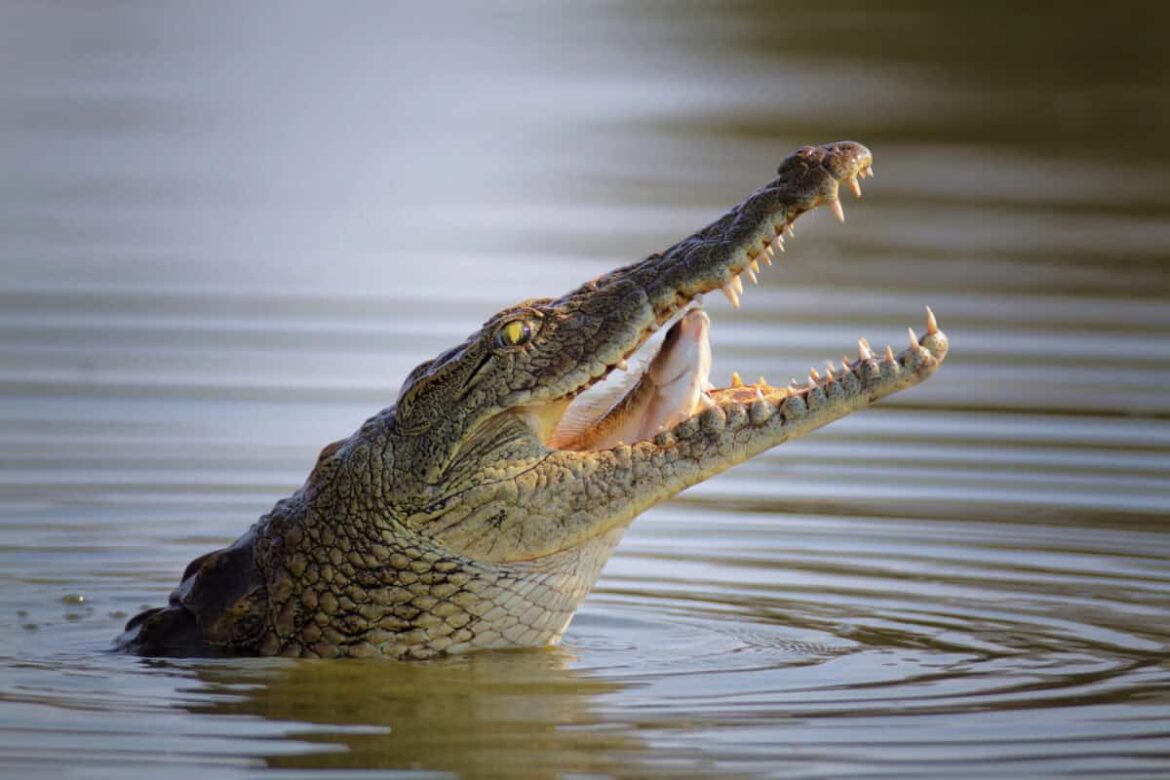395
The inguinal crocodile is known as the largest crocodile in the world. This largest living crocodile species helps to maintain the balance in its habitats
The inguinal crocodile is considered the largest crocodile on earth
Inguinal crocodiles are the largest of all living crocodile species and can reach a length of over seven meters, although such specimens are rare. They are native to Southeast Asia, Australia and the Indian Ocean and can live in both fresh and salt water.
- Male inguinal crocodiles can grow to over six meters in length, with some reports even mentioning lengths of up to seven meters or more. Females are usually smaller, with an average length of around two and a half to three meters. Large males can weigh over 1,000 kilograms.
- Least crocodiles have a broad snout and a strong body structure. The color varies, but is usually dark brown to grey, often with darker stripes or spots on the body and tail. The animals can be very aggressive, especially during the mating season. The excellent swimmers can cover large distances in the open sea
- Least crocodiles are opportunistic predators and eat a variety of prey, including fish, birds, mammals and even water buffalo. They are feared due to their size and potential to attack humans.
- Despite this, the species is threatened by habitat loss and illegal hunting. In many regions, they are protected by national and international conservation laws. There are also numerous conservation programs aimed at preserving their population.
- The mating season of inguinal crocodiles varies from region to region. The females typically lay between 40 and 60 eggs in nests of plant material that they build near the water. The incubation period is around 80 to 90 days. The temperature of the nest determines the sex of the young: Higher temperatures favor male offspring, while lower temperatures favor females.
- Like other reptiles, crocodiles are cold-blooded animals and regulate their body temperature by sunbathing or immersing themselves in water.
- Crocodiles are intelligent. They exhibit complex behaviors and are able to adapt to different environments. They can learn to use certain hunting strategies. They are also able to adapt to humans if they live in the same areas.
